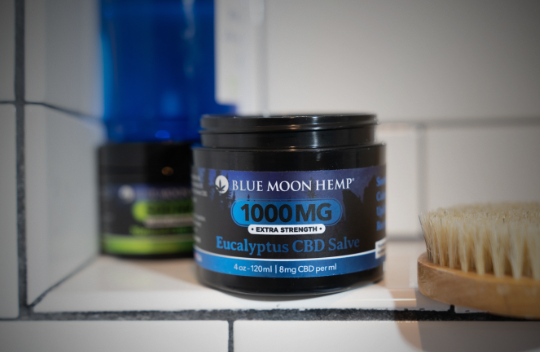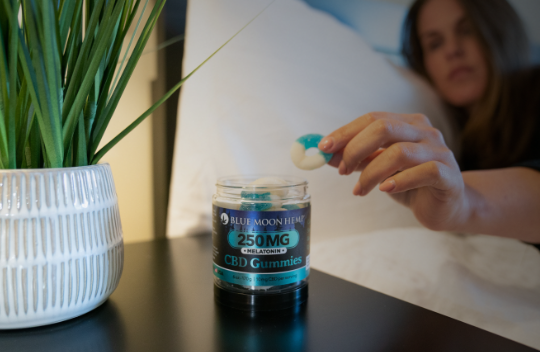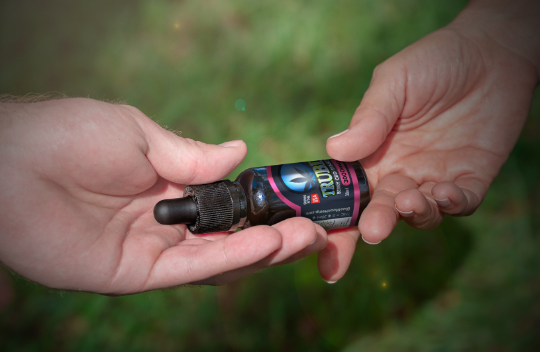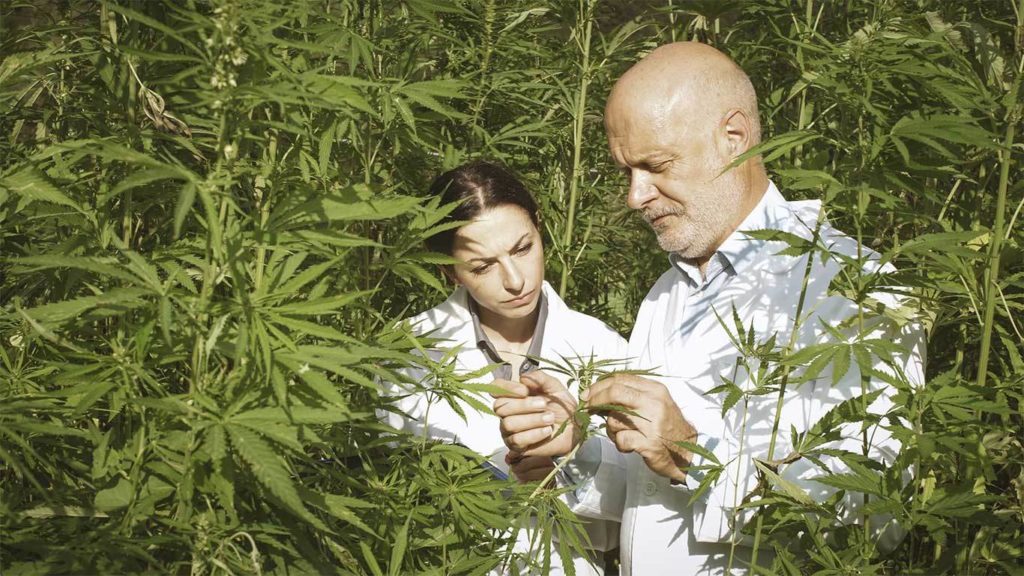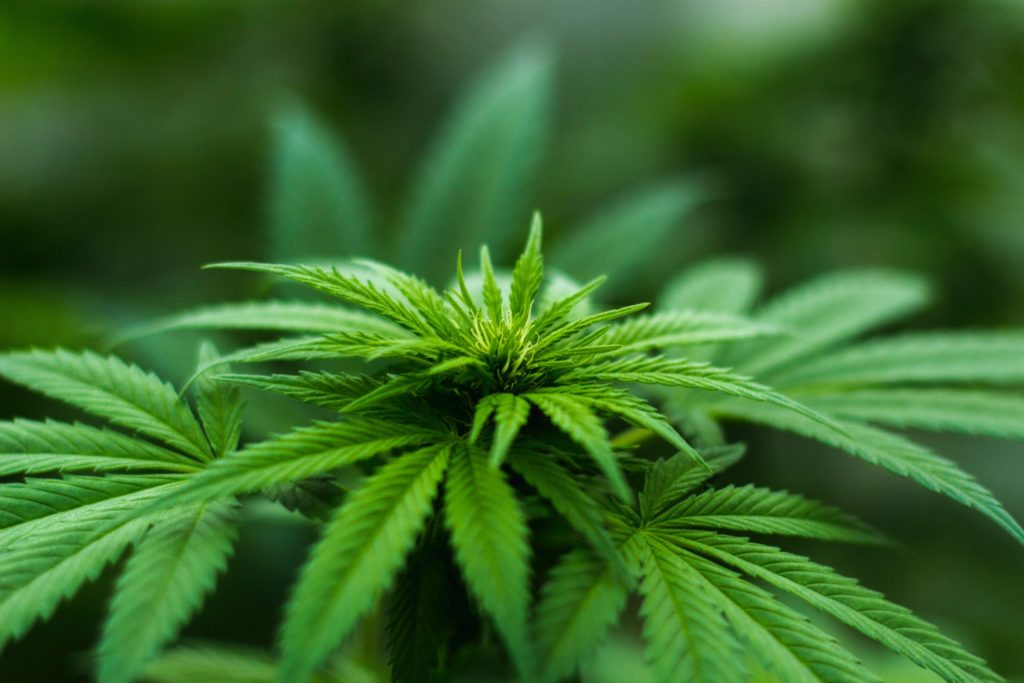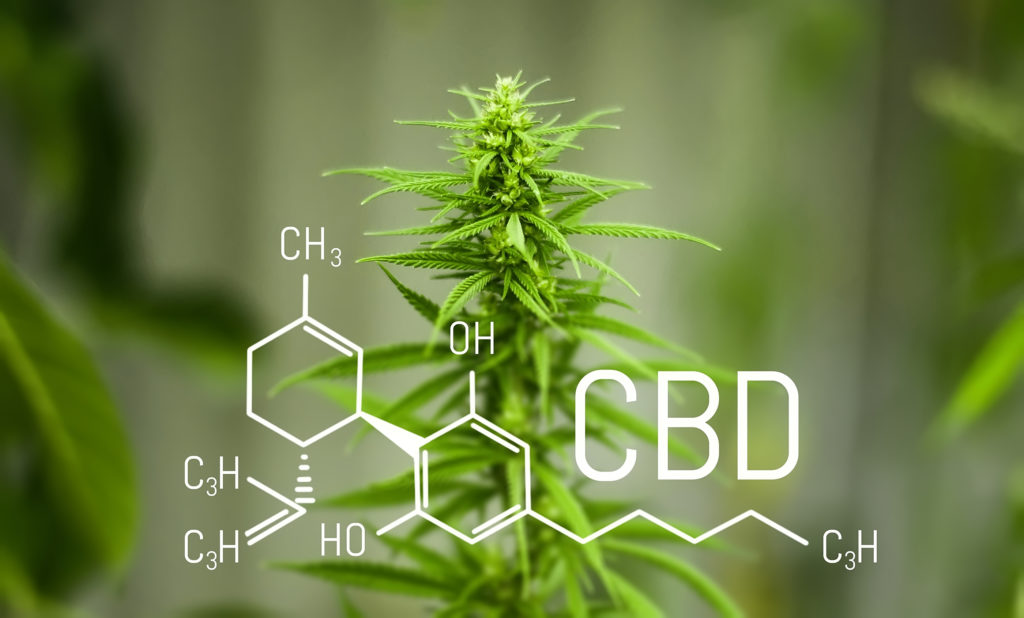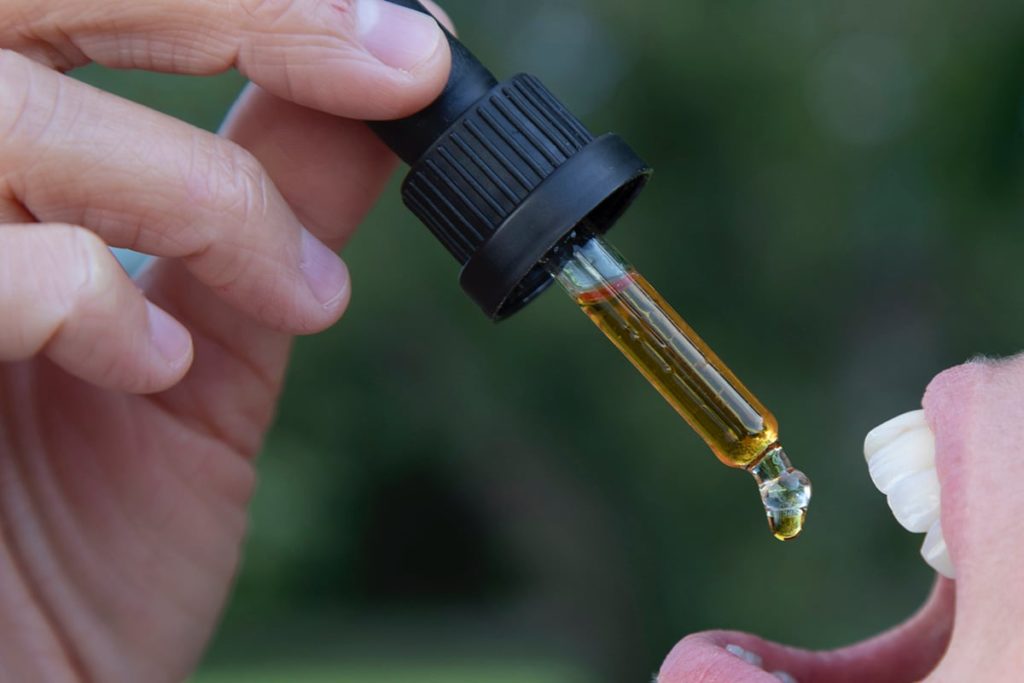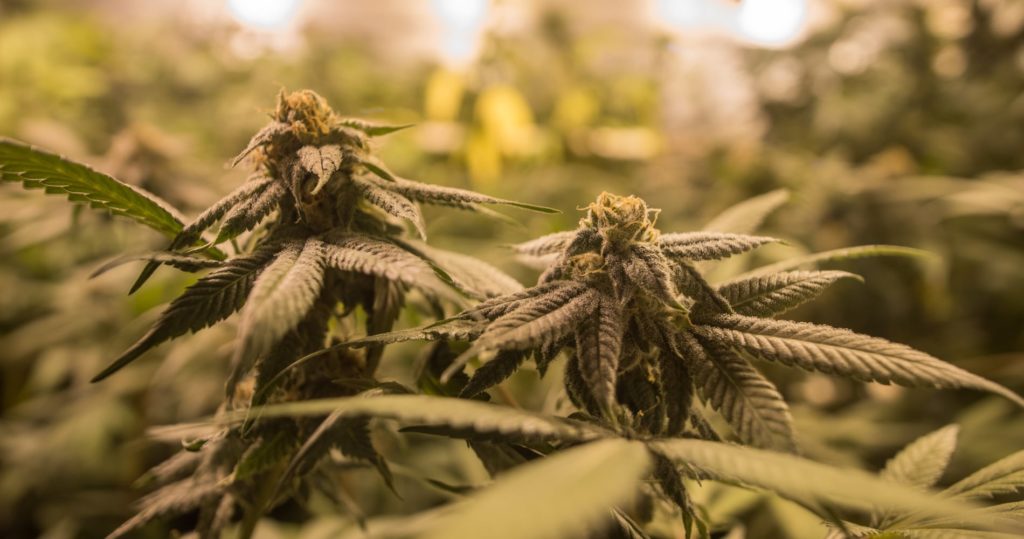Anyone who owns a dog knows that shedding happens. We go to hold our pup for instance and end up with a handful of pet hair. While we may consider shedding to be a natural part of caninehood, sometimes a dog owner may be considered that their four-legged friend is shedding more than normal.
Is Shedding Normal?
Shedding is a natural process that occurs cyclically throughout the year. When the temperatures begin to drop in the fall, a dog begins to grow an extra layer of fur. This is a biological function designed to keep them warm, and it does a good job. But, once the weather warms back up during the spring months, that extra fur is not only unnecessary, but can put them at risk of overheating. And so it sheds, and what you end up is your precious pup’s hair suddenly everywhere.
When is Shedding Abnormal?
Although shedding is natural and happens to all dogs with the exception of a few hypoallergenic breeds, there are times when shedding can indicate a health issue. But, this may be overlooked if the owner doesn’t know what excessive shedding actually looks like. One way to tell whether or not the shedding is a sign of something abnormal is to see if it’s occurring outside of the natural shedding cycle that takes place over the course of a year. Is your dog shedding excessively during the colder months? If so, this is not part of their natural biological process. Further, a dog should never shed to the point that they develop bald spots on their fur.
Also, if shedding is accompanied by symptoms that affect the skin, this is a sign that something is wrong. Natural shedding should never make the skin itchy, red or overly dry.
Common Reasons for Abnormal Shedding
Abnormal amounts of shedding can be very alarming to a dog owner. But, there are several different reasons when this can occur, and many of them are easily fixable.
Reason #1: Dietary Allergies
One common cause of excessive shedding is a dietary allergy. Many pet owners don’t even realize that their canine is allergic to something in their food. Many commercial dog foods contain ingredients that are not a natural part of a dog’s diet, such as gluten, sugar and other grains. These ingredients can cause an allergic reaction that presents itself in the form of shedding.
Reason #2: Stress
When dogs experience stress, cortisol is released into their bloodstream that can be disruptive to every bodily system. This includes their skin, which can result in shedding. In fact, many humans lose more hairs when they are stressed. And, sometimes it’s hard to tell that our dog is even dealing with stress in the first place. But, if your dog is shedding a lot, ask yourself if they have any reason to be stressed at the present moment. Have they recently been moved to a new location? Have you been spending less time with them lately? Any sudden change in their routine can cause them to become stressed out, and you may notice that their behavior has changed as well.
Reason #3: Skin Problems
Dogs can develop all kinds of skin problems that can lead to excessive shedding. Bacterial and fungal infections of the skin can develop, and can damage the hair follicles, causing hair to fall out. Some dogs can also develop inflammatory skin conditions such as psoriasis, which can also result in abnormal amounts of shedding.
Reason #4: An Underlying Condition
There are some underlying conditions that cause the hair to fall out due to the inflammatory response produced by the immune system.
Reason #5: A Nutritional Deficiency
A dog’s skin and hair require certain nutrients, and so some nutritional deficiencies can lead to excessive shedding. Make sure that your dog is eating a balanced diet.
How Excessive Shedding is Usually Treated
Excessive shedding should be brought to the attention of your veterinarian, who will try to diagnose the cause based on any other symptoms present. It may be treated by addressing the underlying cause, and a vet may also prescribe a topical medication to treat the issue.
CBD and Shedding: What You Need to Know
So, can CBD help a dog shed less? Well, to know the answer to that, we have to first understand how CBD is utilized by a dog’s body. Dogs, humans and all other mammals have endocannabinoid systems, which serve the function of regulating every bodily process that plays a role in homeostasis. Everywhere in a dog’s body you’ll find cannabinoid receptors, and each one aims to regulate the function of an adjacent bodily process. For example, cannabinoid receptors in the brain can influence hormonal balance and mood, while cannabinoid receptors in the muscular tissue can influence inflammation, tension and more.
The skin and hair also have cannabinoid receptors, and these receptors can influence functions like irritation, inflammation, skin cell regeneration and, yes, the function of the hair follicles. This means that giving your dog CBD may support the endocannabinoid system’s ability to regulate the health of the skin and hair follicles, and the process of growing and shedding hair as well.
In fact, studies suggest that CBD, when applied topically, may reduce inflammation of the skin, and we know that inflamed skin can lead to abnormal levels of shedding. But, that’s not all. CBD has also been shown to influence stress levels by regulating cortisol production. And, we said earlier that there is a link between stress and shedding.
Finally, because the endocannabinoid system regulates all bodily processes, giving it to them may help with underlying causes that are internal, of which shedding is just one symptom.
Using CBD for Your Pet’s Excessive Shedding
Let’s talk about how to give your dog CBD properly for instances of excessive shedding.
Speak to Your Veterinarian
For one thing, your vet needs to be aware of anything you give your dog on a regular basis, especially if it’s given with the intention of treating a symptom. Secondly, your dog may be able to make recommendations that result in a more personalized approach to managing the shedding using CBD.
Use a Pet CBD Product
It’s imperative that you give your dog a CBD product intended for pets. Dog’s bodies have different needs from our own, and so human CBD products are not appropriate for canine use.
Choose the Appropriate Delivery Method
You also have to decide whether to give them a topical or internal product. We actually recommend both if your veterinarian endorses it. A topical can give concentrated cannabinoids to the follicles and skin directly, while an internal method like a CBD treat or tincture can help disperse cannabinoids throughout the body as needed.
Minimize Your Dog’s Shedding with the Help of CBD
While shedding is a natural part of a dog’s life cycle, there are times when over-shedding can be a sign that something is wrong. Whether your dog’s excessive shedding is caused by a dietary issue, stress, or something else entirely, you may want to look into giving them CBD. Choose a pet-friendly CBD formula and speak to your vet in order to get started on a routine.
